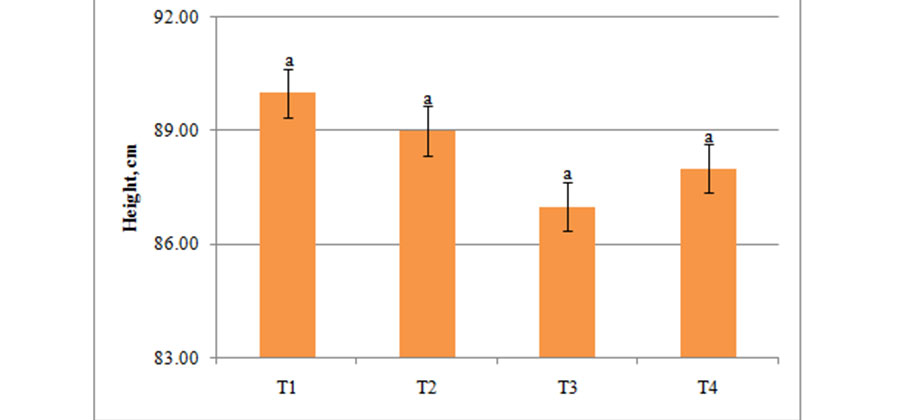


Indian Journal of Science and Technology
Year: 2020, Volume: 13, Issue: 18, Pages: 1867-1872
Original Article
Eleanor L Cacacho1∗, Shirly O Agcaoili1 , Shella B Cacatian1 , Narcitas B Ouano1
1 Faculty Researchers, Cagayan State University, Sanchez Mira, 3518, Cagayan Valley, Philippines
∗Corresponding author:
Eleanor L Cacacho
Faculty Researchers, Cagayan State University, Sanchez Mira, 3518, Cagayan Valley, Philippines
Email: [email protected]
Received Date:20 April 2020, Accepted Date:15 May 2020, Published Date:17 June 2020
Objectives: The effects of different levels of organic fertilizers on the growth and yield of rice were investigated in a coastal field ecosystem under the systems of rice intensification (SRI) technology. Methods/Statistical Analysis: The study was conducted in a coastal rice field with 8.38 pH. It was laid out in a split-plot design with four treatments replicated thrice. Different amounts of organic fertilizer were applied as basal fertilizer. Data were statistically analyzed using analysis of variance (ANOVA). The significance of the treatment effect was determined using the F-test. Least significant difference (LSD) determined which means are statistically different at the 5% probability level. Findings: Results showed that the filled grains and yield increase were 35.6% and 45%, respectively, when applied with an organic fertilizer at the rate of 6 ton/ha compared with the control. Other parameters measured like the height of plants at maturity and the number of unfilled grains were all comparable with the control group. Applications: SRI technology is a potential option for growing inbred rice in coastal rice fields.
Keywords: Coastal rice field; Organic-based; Rice crop; System of rice intensification
© 2020 Cacacho, Agcaoili, Cacatian, Ouano. This is an open access article distributed under the terms of the Creative Commons Attribution License, which permits unrestricted use, distribution, and reproduction in any medium, provided the original author and source are credited.
Published By Indian Society for Education and Environment (iSee)
Subscribe now for latest articles and news.